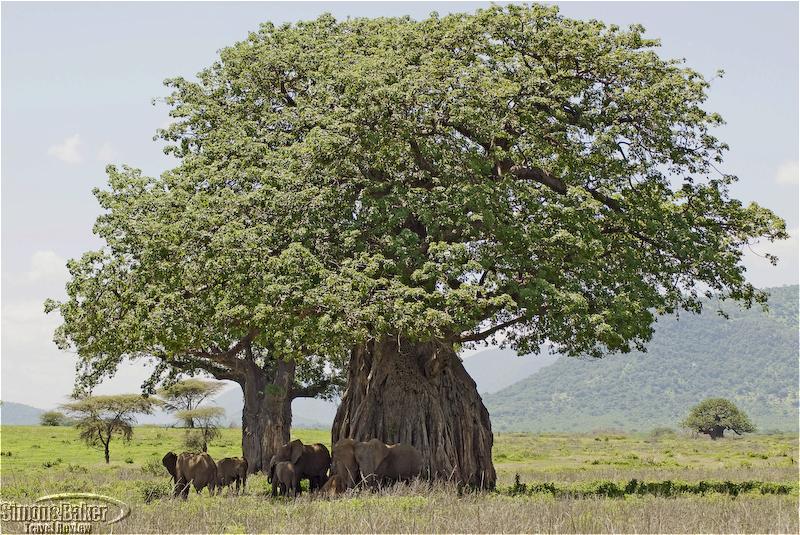
by Editor | Jan 1, 2011 | Africa, Ruaha, Simon and Baker Travel Review, Tanzania
Strung along the rocky bank of the river that gave it its name, Ruaha River Lodge was one of only a handful of permanent accommodations within the rugged immensity of the Ruaha National Park, in the highlands of central Tanzania. The 3,980 square mile (10,300 square kilometer) park is the second largest in the country after the Serengeti. It is reputed for its craggy scenery as well as the abundance and variety of the species that can be found there. Yet visitors are relatively few so that the park retains a great wilderness atmosphere.
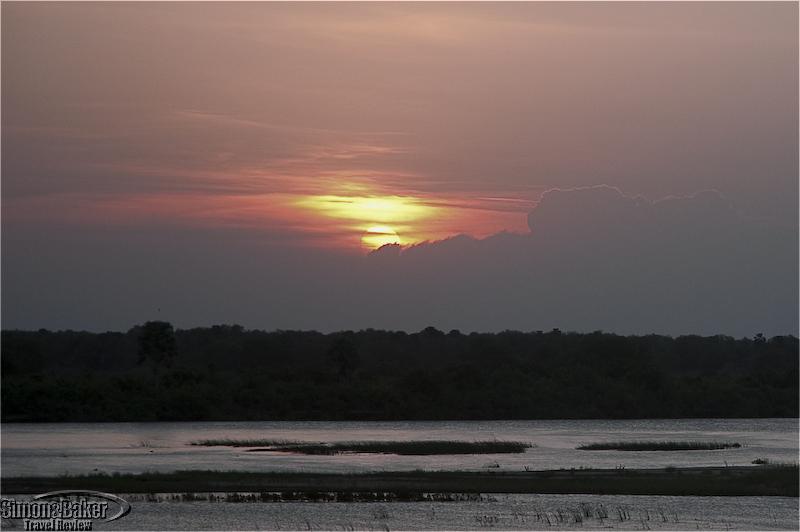
by Editor | Jan 1, 2011 | Africa, Selous, Simon and Baker Travel Review, Tanzania
Stretched along a bluff overlooking the Rufiji River at the especially scenic eastern tip of the famed Selous Game Reserve in southeast Tanzania, the Rufiji River Camp delivered an outstanding variety of game viewing opportunities. First identified as a protected area over a century ago, Selous expanded over time to become the largest faunal reserve in Africa. In 1982, it was designated a World Heritage Site by the United Nations Educational, Scientific and Cultural Organization (UNESCO) for its wildlife concentration and diversity and its undisturbed environment. The profusion of wildlife was obvious even as I made my way from the airstrip, turning the relatively short distance to the camp into an extended game drive.
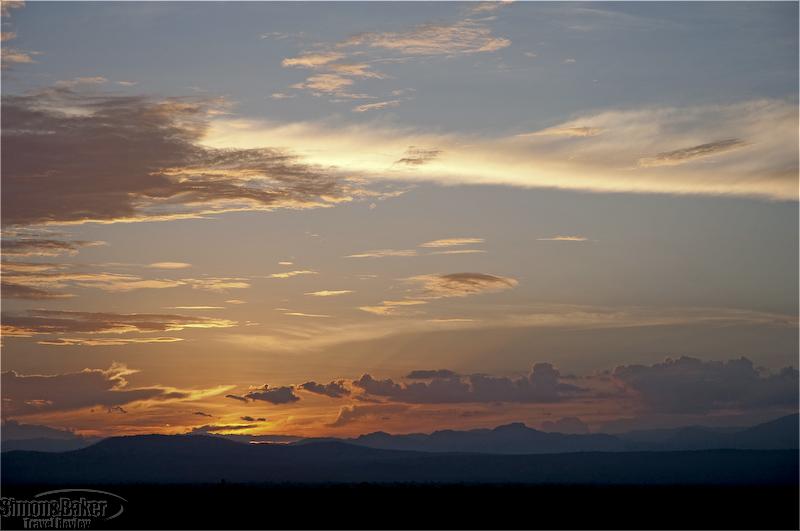
by Editor | Jan 1, 2011 | Africa, Mikumi, Simon and Baker Travel Review, Tanzania
Perched on a rocky knoll in the heart of the Mikumi National Park in southeastern Tanzania, Stanley’s Kopje was a vivid reminder of what compels me to endure endless flights in crowded airplanes and chaotic airport layovers to return time and again to the African bush. It had only been a few hours since the Cessna light plane had delivered me to the tiny airstrip at the edge of the park, but it could have been light-years earlier. I was lounging on the broad thatch-shaded veranda of my tent, taking in the sweeping view of the Mkata Floodplain below as it slowly melted into the dusk. At the far edge of the plain, the sunset sky was ablaze against the distant outline of the Udzungwa Mountains. Now and then, a powerful roar rippled up the hill, and with it recollections of our exciting lion sighting earlier in the afternoon.
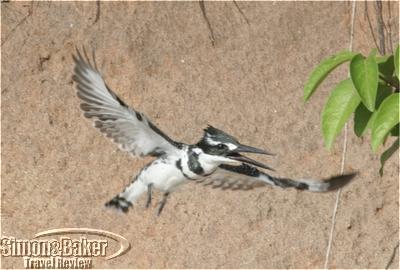
by Editor | Feb 1, 2007 | Africa, Selous, Simon and Baker Travel Review, Tanzania
A two hour morning flight from Ruaha National Park on a Cessna 13-seat plane found us at the Mtemere airstrip, a half hour’s boat ride from Selous Impala Camp. Musa our guide for the duration of our stay, and a boat driver greeted us at the airstrip. After brief introductions and the customary jambo greeting in Swahili we walked to the small motor boat on the Rufiji River banks on which we made our way to camp.
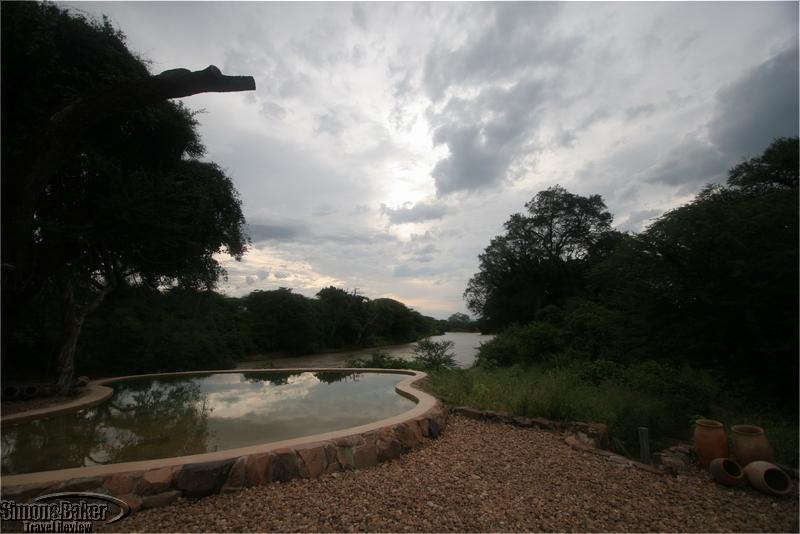
by Editor | Feb 1, 2007 | Africa, Ruaha, Simon and Baker Travel Review, Tanzania
We found Jongomero, named for the He He tribe’s word zongomero which means great wilderness, in a remote corner of Ruaha National Park, one of Tanzania’s fenceless parks dedicated exclusively to game viewing. Described as the “ultimate wilderness” by property manager Greg du Toit, the small luxury tented camp was perched on the edge of the Sand River. Since there were no other camps for many miles, Jongomero guests enjoyed almost exclusive access to that part of Ruaha.
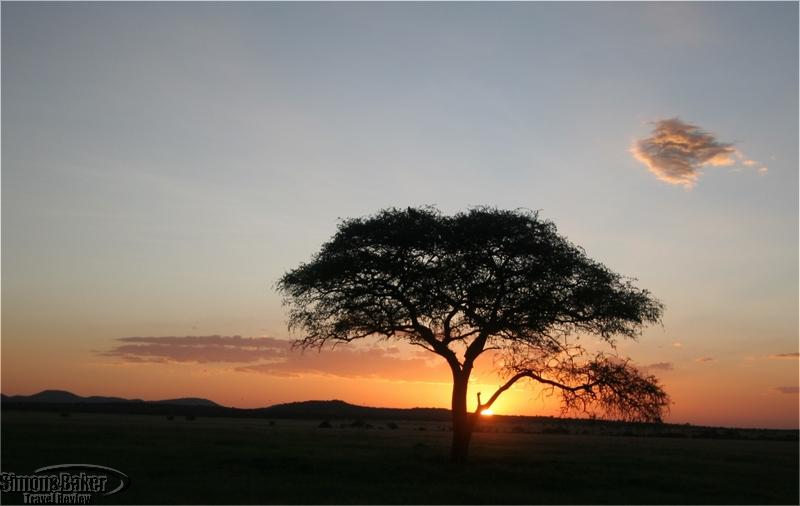
by Editor | Feb 1, 2007 | Africa, Serengeti, Simon and Baker Travel Review, Tanzania
When I think of Sabora I remember chilly mornings followed by hot days, smiling and friendly staff, delicious and well served food, exclusive and rewarding game viewing, a homey informal ambiance and a magnificent tent experience. I reminisce about a perfect day spent in the Tanzania plains with Aloyce, our indefatigable, affable and competent local guide, viewing cheetah in the morning and tree climbing lions in the afternoon; followed by a romantic gourmet candlelit dinner for two accompanied by brutally cold Krug champagne.






